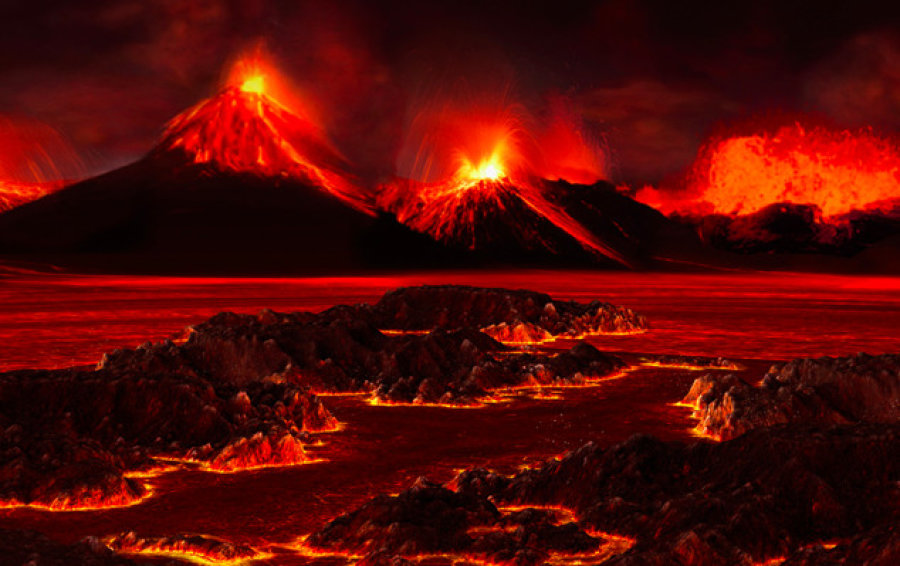
Although a majority of biologists are convinced that a mass extinction is underway on earth today, the human history with direct observatory data is too short to predict its future trend. At least five great mass extinctions occurred during the Phanerozoic and they caused at least 75% marine species rapidly to go extinct; they also seriously affected the species diversity on land once the terrestrial ecosystem developed. The causes and consequences of these mass extinctions have become the most useful analogs to understand whether the current global ecosystem is experiencing extinction or not.
Recently, Prof. SHEN Shuzhong and Dr. ZHANG Hua from Nanjing Insititute of Geology and Palaeontolgy, Chinese Academy of Sciences reviewed previous multidisciplinary studies of the extinction patterns of fossil groups and their concurrent environmental changes of the five mass extinctions during the past 500 million years suggested that no catastrophic event wiped out all organisms on earth. However, all five mass extinctions were associated with serious environmental deteriorations and major palaeoclimatic changes.
They thought that global changes of atmospheric CO2 and palaeotemperatrue (both icehouse and greenhouse), oceanic acidification, sea-level changes, and anoxia triggered by massive volcanisms were the most plausible causes of the past extinctions. Massive volcanism not only ejected a huge amount of CO2 and volcanic sulfates, but also caused a massive release of thermogenic CO2 and methane stored in the deposits of inland basins and continental shelf. Extraterrestrial impact, supernova explosion, and solar flares could instantaneously wipe out all organisms on earth, but they are not the main causes of the five mass extinctions during the earth history.
This paper was published in Chinese Science Bulletin and financially supported by the National Natural Science Foundation of China and the Strategic Priority Research Program (B) of Chinese Academy Sciences.
Download:
